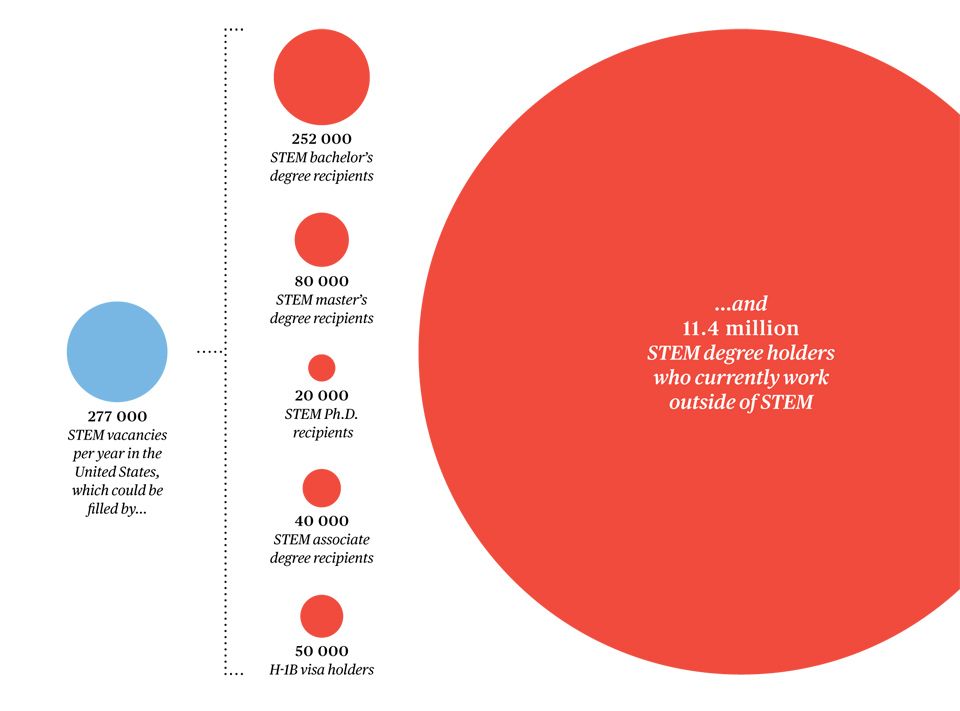ITS QUITE AMAZING HOW MUCH WE ARE TOLD THAT ISN’T TRUE—YOU HAVE TO WONDER ABOUT THE CONSEQUENCES OF SUCH A BARRAGE OF LIES
 I often wonder whether we are not really living in a higher risk version of THE TRUMAN SHOW—where much which we regard as real and the truth isn’t a mixture of illusion and deception.
I often wonder whether we are not really living in a higher risk version of THE TRUMAN SHOW—where much which we regard as real and the truth isn’t a mixture of illusion and deception.
It is not as if lies are occasional hazards—as we are led to believe when we are very young (a lie in itself). In practice it may well be that the lie is the norm. Certainly, there are very few corporations which tell the truth if it doesn’t serve their interests to do so—and corporate advertising and promotion largely consists of one lie after another.
Do religious organizations tell the truth? Given that so many are run as businesses, it seems highly unlikely—and how do they really know there is a God. The truth is that they don’t—I’m not talking about belief here—but if they admitted that manifest truth, they would find it much harder to obtain a following.
Well, what about politicians? If I even suggested that politicians told the truth, you’d stone me.
That leads me to the thought that our lives are almost certainly based upon a tissue of lies, self-deception and illusion. It’s not a particularly cheerful thought, but in the interests of intellectual honesty, I feel compelled to state it.
But do I think it is true? Given the thesis that I have just advanced, you would be wise to doubt my answer—whatever it was.
Personally, I have the feeling that the real truth is probably found in fiction—which may be why most of us get through the working day, and then focus on escaping from the real world through TV, or some other distraction where the truth is irrelevant. One of the advantages of being a writer is that I can escape from the real world most of the time.
I was prompted to think about this whole subject when I ran across an article on the STEM (short for Science, Technology, Engineering, and Mathematics) crisis—the widely propagated notion that the U.S. is suffering from a deadly serious shortage of such people.
The reporter concerned (Robert N. Charette, IEEE Spectrum, 30 August 2013) did some serious digging—as illustrated in the graphic below—and came to the logical conclusion that there are more than enough candidates to fill demand—and that primary purpose of this massive lie is to keep wages and salaries down.
That ever intriguing blog FABIUS MAXIMUS set this finding in a wider context:
Crush unions, cuts taxes on business, fragment work into jobs that require minimal skills, fragment jobs into a largely part-time contingent workforce, expand training so that there is a surplus to demand, increase immigration, outsource work to other nations to create internal competition — and the profits will flow. This is the New America being built by large corporations from McDonald’s to Amazon.
Training too many skilled people is an important part of the game. Tight controls on the supply of doctors shows the effect of too-small supply. The relatively low wages of engineers and scientists shows how corporations run the supply-demand equation for their benefit: “The STEM Crisis Is a Myth“, Robert N. Charette, IEEE Spectrum, 30 August 2013 — “Forget the dire predictions of a looming shortfall of scientists, technologists, engineers, and mathematician.” A reliable formula for higher profits: training more than there are jobs AND import more workers from other nations.

Robert N. Charette’s conclusion is below:
A Matter of Supply vs. Demand: Every year U.S. schools grant more STEM degrees than there are available jobs. When you factor in H-1B visa holders, existing STEM degree holders, and the like, it’s hard to make a case that there’s a STEM labor shortage.
No comments:
Post a Comment